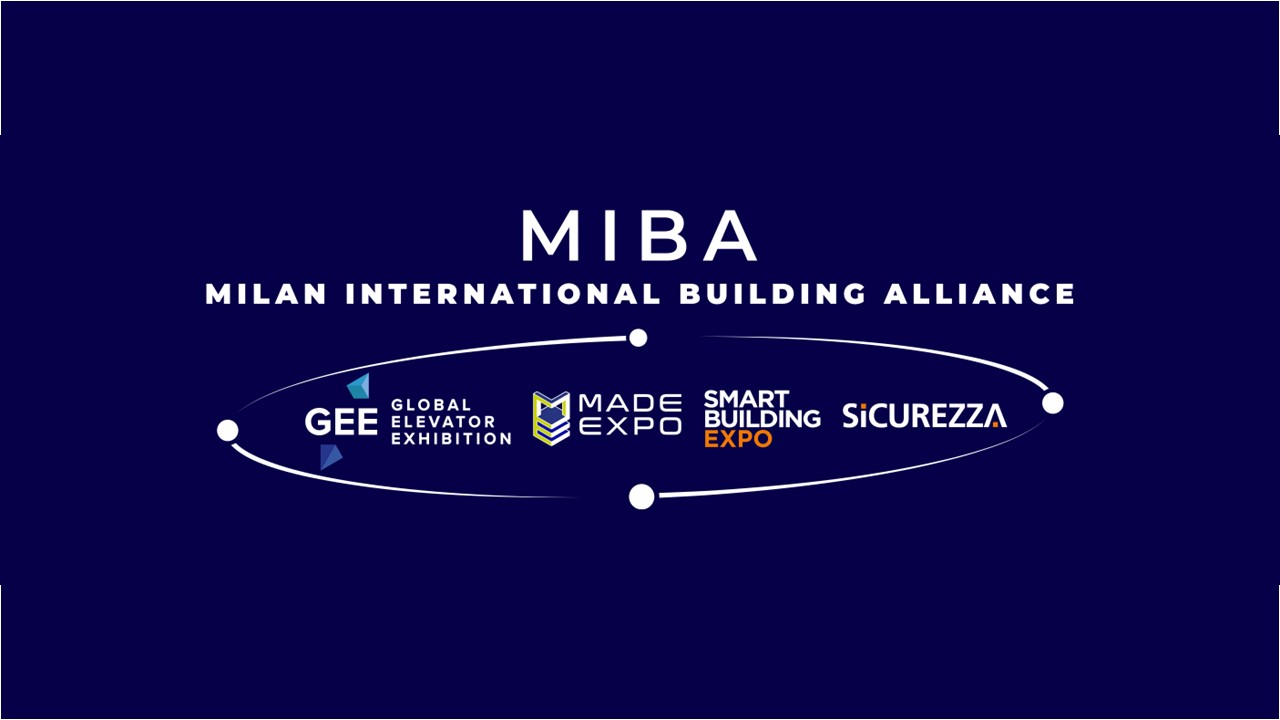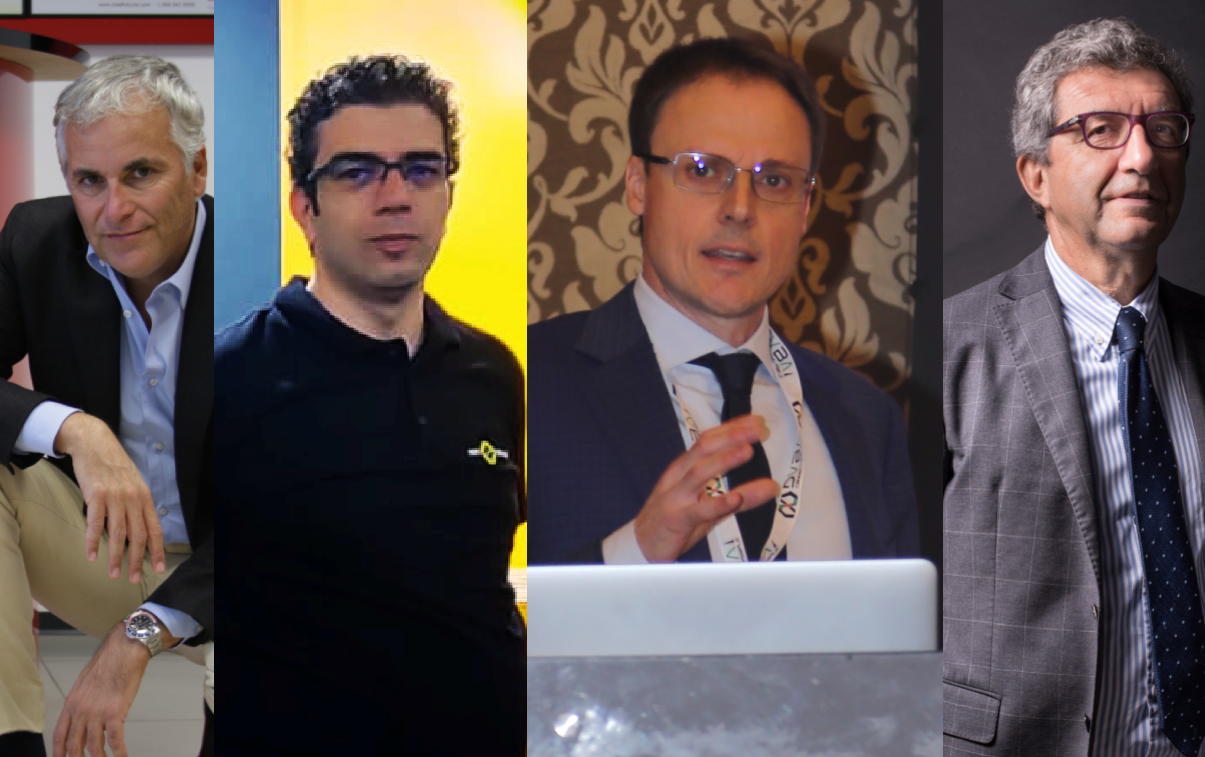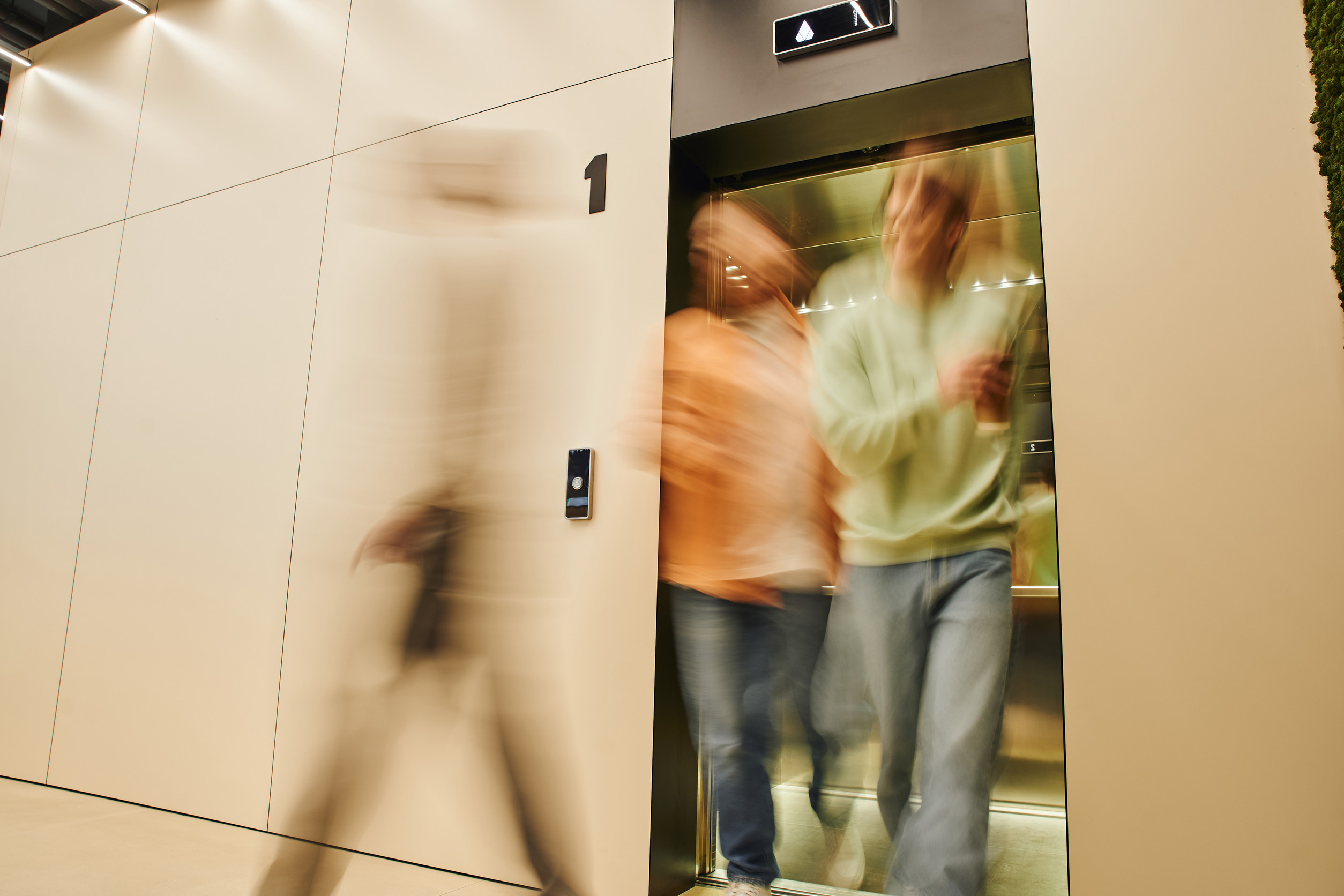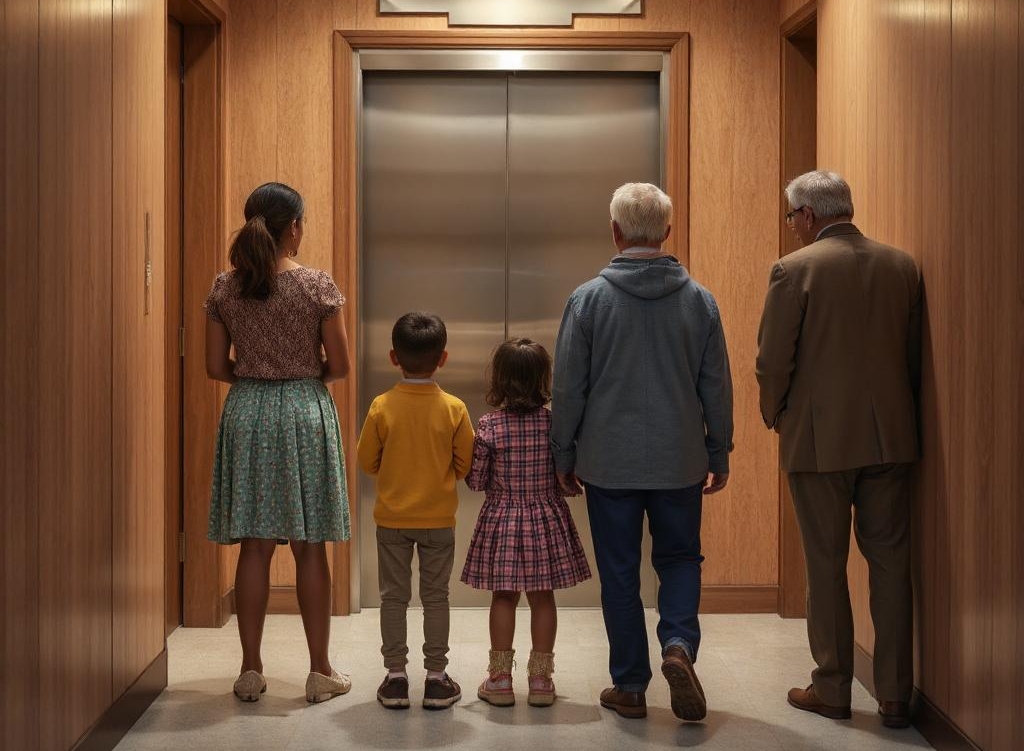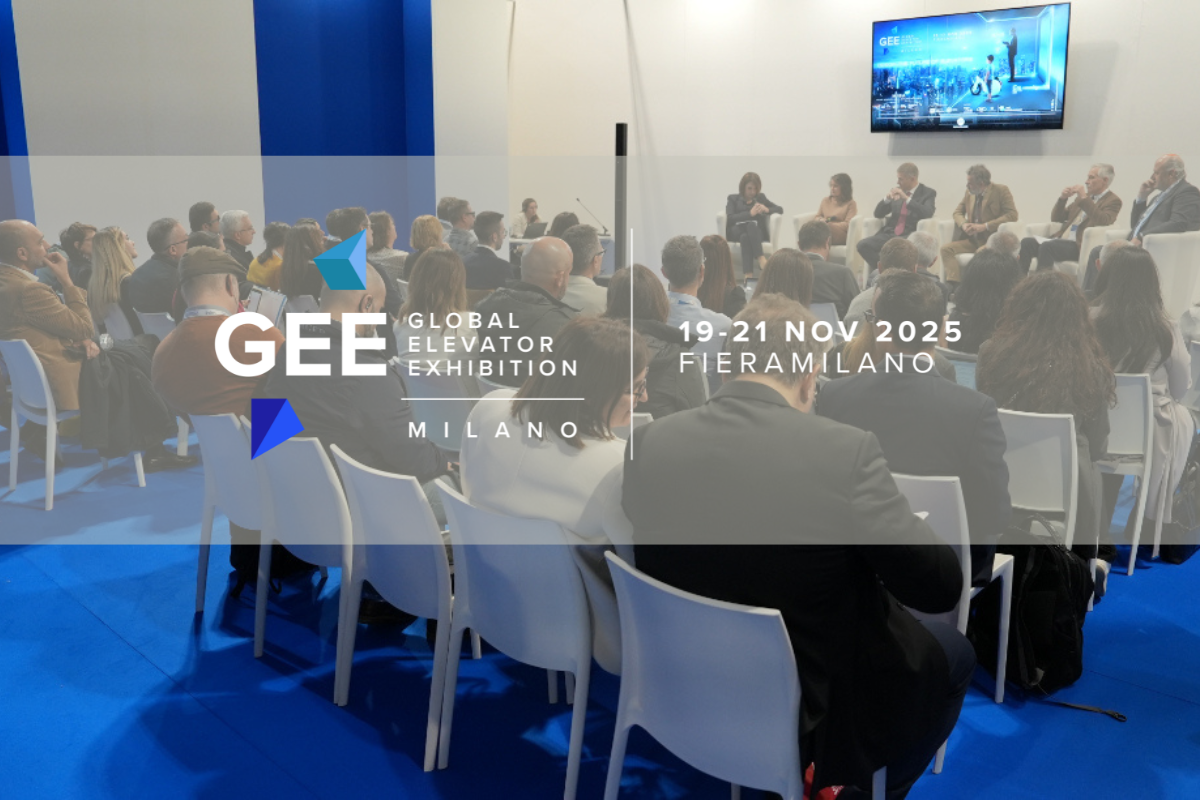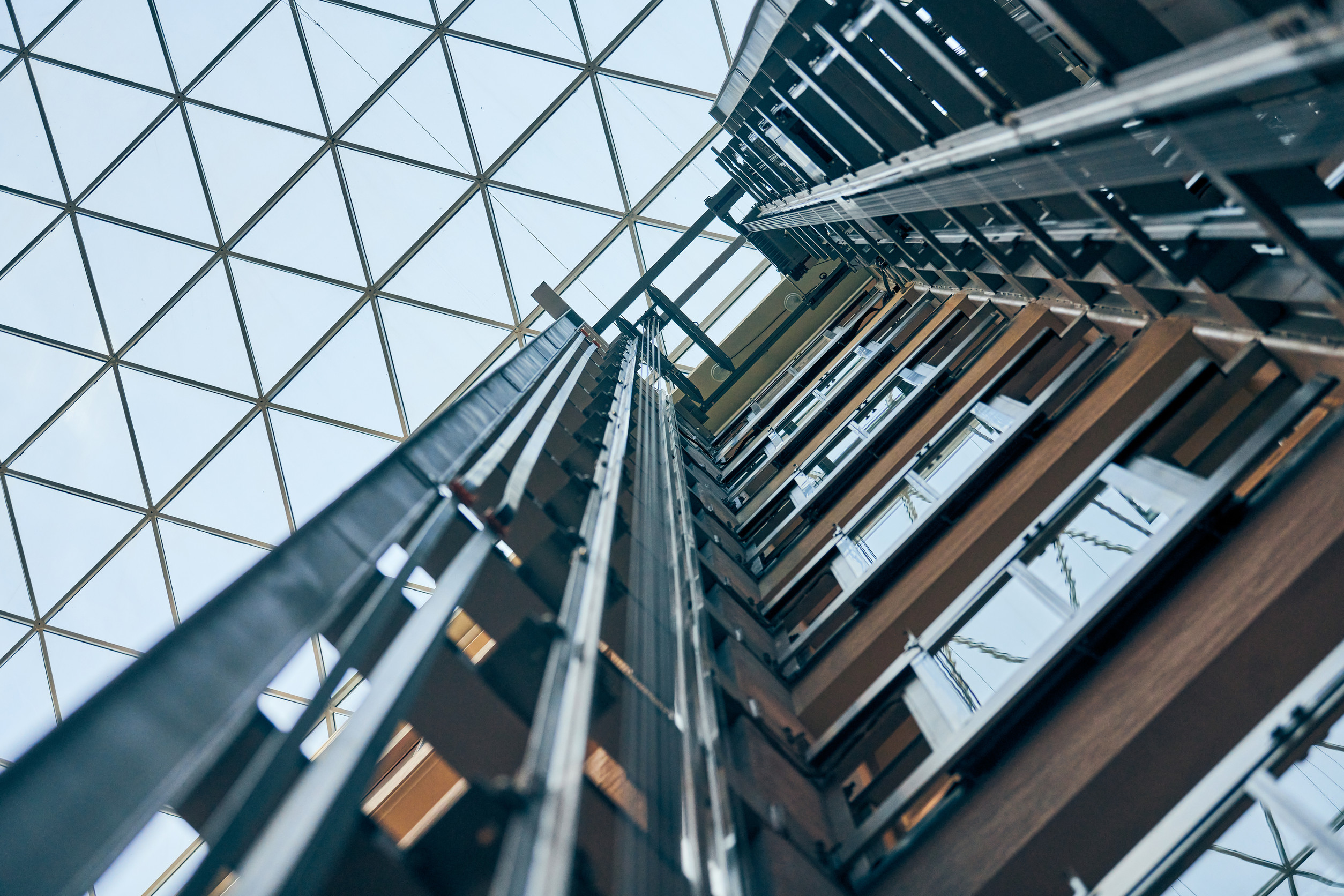Stannah Stairlifts, a leader in the production of equipment for overcoming architectural barriers, bears witness to how great transformations are taking place, especially in everyday and domestic spaces. Giovanni Messina, Italy & France General Manager of Stannah, is familiar with the latest requirements in terms of accessibility, noting a strong connection of these with the IoT: "Stannah is mainly focused on the market of accessibility and architectural barriers, a sector that is growing strongly worldwide, as it is closely related to demographic evolution. In the coming years, we will aim at a wider diversification of our offer, with the objective of increasing our presence in Home Lifts and in general in all vertical solutions, while continuing to invest and innovate in stairlifts, which represent the company's core business. We believe that the application of new technologies will lead to the growth, also for our products, of IoT, with a clear benefit in terms of remote product management and a significant improvement in the customer experience."
Sustainability and efficiency are instead at the heart of WEG's business. "Our company," says Giovanni Grassi, Business Development Manager of WEG Automation Europe S.r.l. - has always been particularly attentive to the issue of energy efficiency and environmental sustainability, well expressed by our payoff 'Driving efficiency and sustainability'. For WEG, therefore, the proposal for the world of lifts concerns the offer of inverters with regenerative solutions, where the energy produced by the electric motor during the movement of the cabin is not dissipated in heat through the braking resistors, but rather returned to the power supply network so that it can be reused by other services; or accumulated in external batteries to be used during the lifting phases of the cabin itself. The inverters of the ADL family also include specific Stand-By functions where, during the times when the cabin is not moving, the system is in an 'idle' situation, reducing energy consumption and consequently CO2 emissions."
The same applies to Ing. Emanuele Emiliani, CEO of DMG S.p.A., whose core business is lift components, with a particular focus on switchgear, for which a great deal has been invested in R&D for several years.
Their development in fact passes through dedicated and proprietary software, and is strongly linked to the themes of accessibility and energy efficiency, not only understood as energy saving, but also in terms of saving the electronics of the equipment, in the broadest sense of preventive and predictive programming of replacements.
Microprocessor-based switchboards, the most modern ones equipped with the most elaborate software, enable the remote transmission (thanks to proprietary IoT, connectivity and cloud technologies) of large amounts of information for the remote management of an extensive fleet of installations.
Our switchboard, Pitagora 4.0, is by its very genesis a natively connected electrical system. It was studied and designed in-house, through sophisticated development of engineering solutions.
For Emanuele Emiliani, of DMG, the topic of efficiency is wide-ranging and also concerns the minimisation of maintenance work, through the predictive powers provided by IoE technology. (Internet of Elevator). “We are aware that smart lifts are increasingly important in modern buildings because they improve safety, efficiency and the user experience. With IoE technology, building managers can remotely monitor and control lifts, track usage patterns and identify maintenance needs before they become critical problems. In addition, IoE lifts can improve the overall energy efficiency of buildings, reduce downtime and lower maintenance costs”.
On the subject of Artificial Intelligence, then, as D. Koray Ergin, General Manager of Artı Kasnak, this is playing an indispensable role in this sector: 'Vertical mobility is developing in every sense and if we look at the past quarter, travel is now safer and more comfortable thanks to artificial intelligence. We at Artı Kasnak produce lift pulleys and do so according to the requirements of our customers. It is important for us to understand exactly what lift manufacturers want from us with their innovations in development. The innovations we want to make involve an individual and specific evaluation of each customer and a positive response to their requests."
Horizontal and vertical mobility systems, then, are indeed traditional devices, but they are experiencing a strong technological advancement as user needs change, from large construction sites to the residential dimension.
